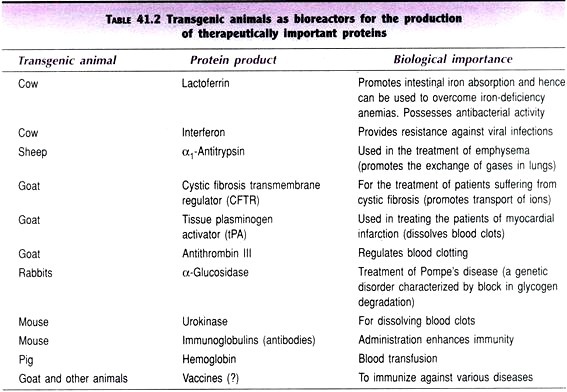An organism has its identity as an individual and also as a component of a population, community, ecosystem, and biosphere. But at all the levels of organization (Fig. 1.1), there is sufficient interaction between the organism and its environment.
The study of this interaction (relationship) between organism and its environment is called ecology (originally in German: Oekologie).
The ecological study of one species (organism) is called autecology. This single species may be a living plant or an animal of any habitat. The ecological study of a number of species (population, community, and ecosystem) is called synecology (Fig. 1.1).
Ecology is both a pure and applied science and ecologists work on a variety of spatial and time scales. Three of the great founders of ecology are A.G. Tansley, F.E. Clements and Charles Elton. In India, Vedic literature contains frequent references to ecological thoughts, particularly of conservation and ecological balance; but as a science subject it developed after 1910, made rapid strides in the late 1940s and assumed an exponential growth in the 1970s (Singh and Singh, 1995).
However, almost everywhere in the world the words “ecology”, “ecologist” and “environment” have spread from the science of ecology to the press, to the general public and to pressure groups, and some people say that these words have been hijacked and misused.
The fact is that the twin threads of pure and applied ecology have developed side by side, each depending on the other. The fundamental ecology deals with four higher levels of organization- individual organisms, populations (individuals of the same species), communities (a large or small number of populations) and ecosystems (the community together with its physical and biotic environment).
Applied ecology attempts to make practical application of ecological understanding to predict, manage and control. As such, an ecologist has to depend on Mathematics, Chemistry, Physics and other disciplines of science as tools essential to the understanding of ecology.
In ecology, the unit of study is a natural ecosystem. All ecological systems are dynamic and governed by well-defined laws. From a descriptive viewpoint, a stream, a forest, and an ocean may have almost nothing or very little in common, yet as ecological systems they function in a similar way. But we should also know what human ecosystems are where, in ecological terms, humans are the dominant species.
In human ecosystems, there is a mutual interaction between society and the environment and this interaction is the very basis for the existence of society. The environment provides with the resources that are used by people according to their needs. Thus, human ecosystems can be easily visualized in terms of domains or interacting parts. Three of these domains are – the environmental, the individual management and the policy making (Clapham Jr., 1981).
The environmental domain comprises those components that react according to the laws that govern natural ecosystems. The individual- management domain has the human behaviour as the key factor who interact directly with the environment and manipulate or change it, thus creating environmental problems.
The policy making domain sets goals for the society for economic development using environmental resources and thus again creating environmental problems intentionally or unintentionally. Some of the major environmental problems are dealt with in this book. However, a managed ecosystem is not shaped by society management alone. In fact, environmental problems can lead to changes in policies and also in human behaviour.
